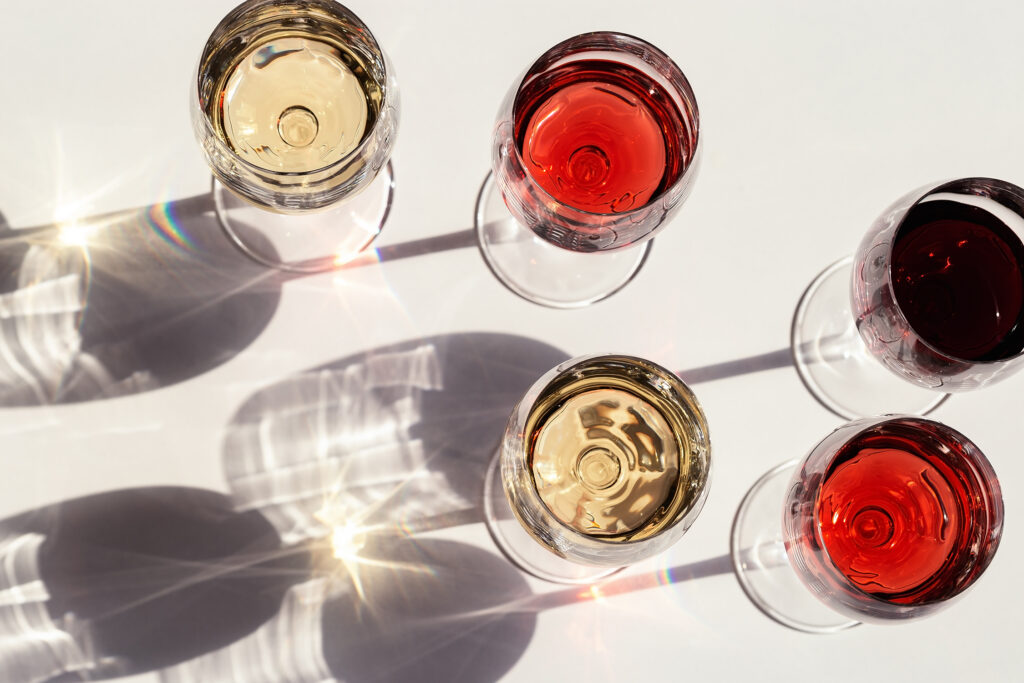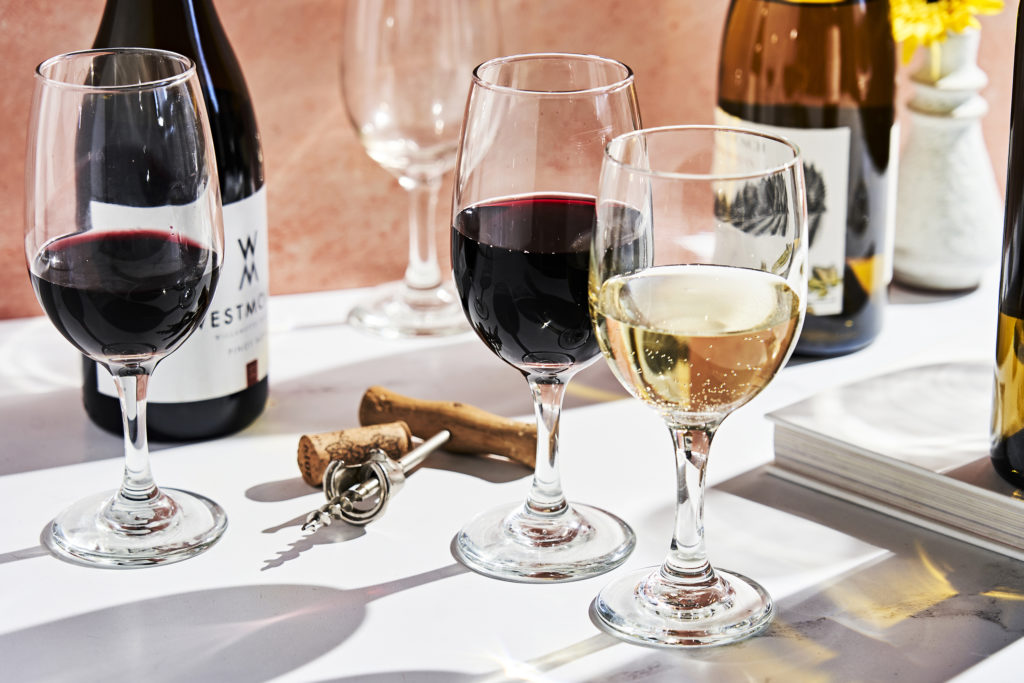
Cork vs. Screw Top: What’s Better? A Wine Expert Explains
Let’s settle the debate.

There’s a lot of mystery (and myth) surrounding the wine world. Red varietals are a no-go during the hot summer months, right? Actually it really depends on the grape. Don’t you have to spend a small fortune on a good bottle of vino? As these wines from Trader Joe’s prove, not necessarily. So what about wine bottles with screw-top caps? Aren’t they notoriously cheap? According to James Butler, wine director at Delfina in San Francisco, that’s certainly not the case.
“Screw-top enclosures indicate absolutely nothing about the quality of the wine inside the bottle,” he explains. Though Butler acknowledges he doesn’t have as much technical proficiency as someone in the wine making or shipping sectors, he has seen a lot of bottles in his day.

yrabota/Getty Images
In his professional experience, he credits the screw top’s reputation to a resistance to change. “There’s a strong pull in the wine world to revere all the things ‘traditional,’ two big things that may have influenced consumers to take such a stance on screw cap enclosures,” Butler explains.
Plus, writing off a screw-top bottle as a “lesser” option can help streamline a shopper’s search. “If you’re looking at a wall of wine at the supermarket, or even your local wine shop, and you can easily eliminate a few of the overwhelming options in front of you,” Butler adds. “I get it: That gives you some purchasing confidence and makes your life a little easier.”
It doesn’t matter if you prefer red, white, or rosé: A good blend in a corked bottle is no better (or worse) than one with a screw-top closure. “Wine is wine,” Butler says. “It shouldn’t make any difference which variety you’re drinking.”

Thomas J. Story
Rather, the key difference between corked and screw-top bottles is how to store them. Since cork is a natural product, it can dry out if stored in an area with low humidity. When cork dries out, it shrinks, allows more air inside, and runs the risk of potentially spoiling a great bottle of vino. That’s exactly why it’s best to store wine horizontally. Screw tops, Butler says, are different.
“[These] enclosures won’t have this problem, so feel free to store them standing up,” Butler says.
Now that screw top bottles are back in play, it can be overwhelming to choose from a seemingly endless supply of vineyards, vintages, and varietals. So, where to begin? For Butler, a screw-top bottle from New Zealand or Austria is a great place to start.
“These are two countries that didn’t have a lot of traditional wine law getting in the way of early adoption of screw-cap enclosures,” he explains. “You’ll find a lot of great products, up and down different price tiers, that have screw caps!”

Thomas J. Story
If you’re looking for a solid screw top—be it for easy access, simple storage, or the curiosity to try something new—don’t be afraid to ask an expert for help. Whether it’s the owner of your cool neighborhood wine store or a smart sommelier, the pros can point you in the right direction.
“As consumers, it’s impossible to know everything about what you’re buying, and promoting the idea that ‘with enough time, you could’ is just a false narrative,” Butler says. “Trust information from the folks who have chosen wine as their vocation and ask lots of questions!”
Now that’s a tip worth toasting to!
